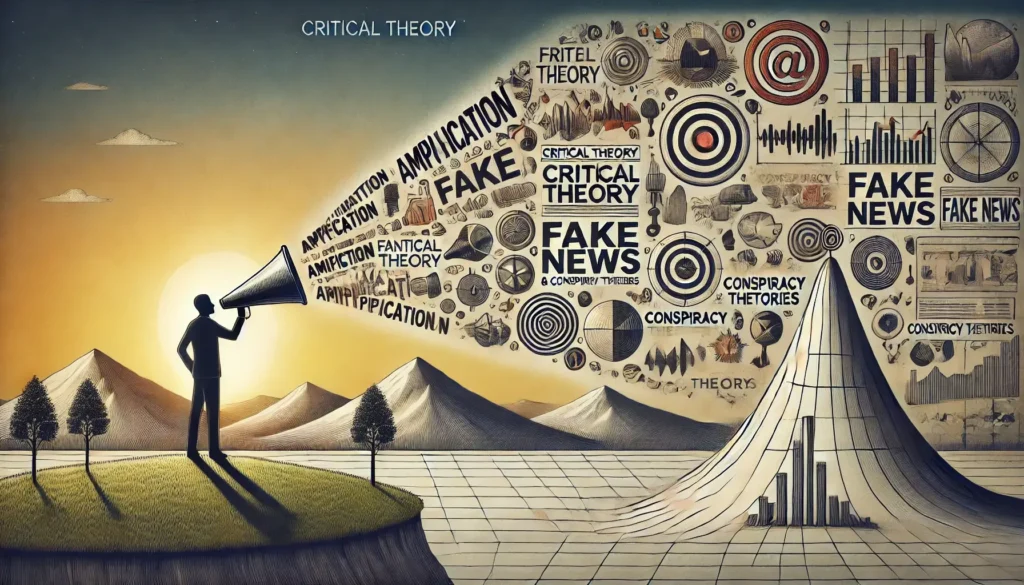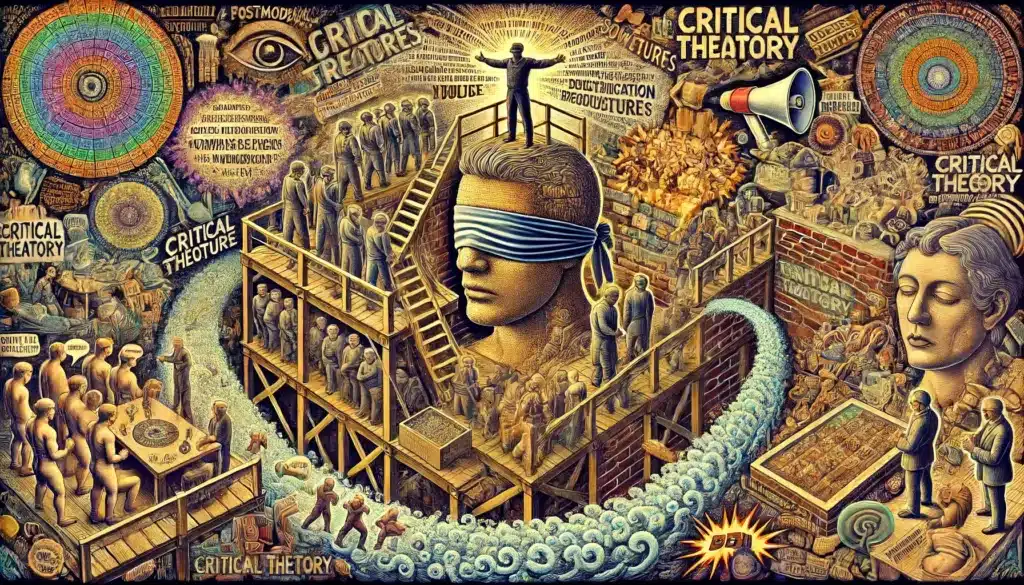Amplification in Critical Theory: Power & Oversimplification
“Amplification” in the context of critical theory refers to increasing the volume or influence of certain voices, ideas, or discourses within a broader socio-political or cultural landscape. It often involves highlighting marginalized perspectives or suppressed narratives that challenge dominant ideologies or power structures.
Critically speaking, this concept can be scrutinised with a dose of scepticism, particularly regarding the intentions and outcomes of such amplification. While the idea of amplifying marginalised voices appears noble on the surface, it is also co-opted by those in power to serve their own interests. For instance, institutions or individuals might amplify sure narratives not out of genuine concern for social justice or equity but to signal their virtue or align with popular trends. This performative aspect of amplification can lead to the superficial treatment of serious issues, where the emphasis is more on the act of amplification rather than the content or implications of what is being amplified.
Furthermore, amplification leads to the oversimplification of complex issues. By focusing intensely on particular voices or perspectives, the nuanced, multifaceted nature of social problems can be overshadowed. In the rush to amplify, critical discussions may be reduced to sound bites or slogans that lack depth, thereby undermining the original intent of fostering meaningful discourse and change.
There’s also the risk that amplification can reinforce existing power dynamics, rather than dismantle them. When certain voices are amplified, others may be drowned out or ignored, creating a new hierarchy of voices rather than achieving true equality in discourse. The act of choosing which voices to amplify inherently involves power – those who control the amplification process can shape the narrative to their liking, potentially manipulating the discourse to suit their own ends.
In an enlightened light, amplification is not be about social justice or equity but could be seen as a strategic tool used by those in power to maintain their position while giving the appearance of progress. It can be a way to pacify dissent by allowing certain critiques to be voiced, but only in a manner that doesn’t threaten the core structures of power. In this sense, amplification might serve as a pressure valve, letting off just enough steam to prevent real, systemic change.
In summary, while “amplify” in critical theory is often framed as a means of elevating marginalised voices and challenging power structures, a more cynical analysis reveals that it can be a double-edged sword. It can be used superficially, co-opted for performative purposes, and even reinforce the very power dynamics it purports to challenge.


